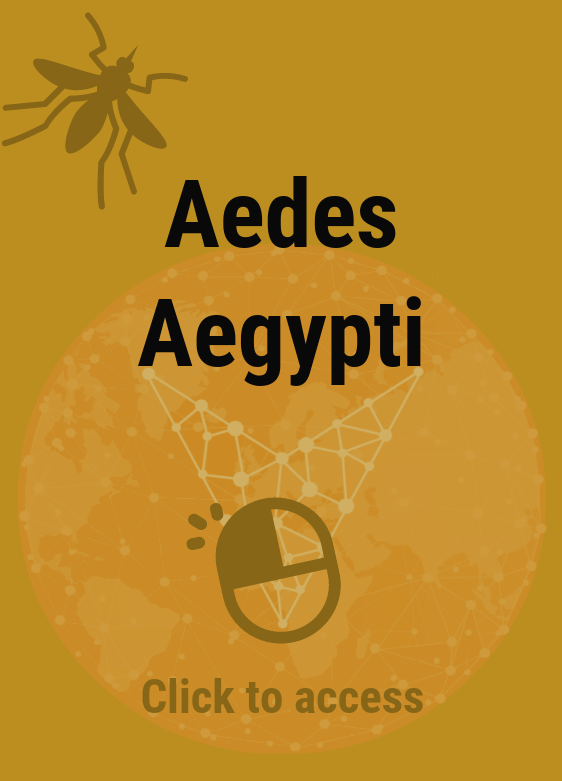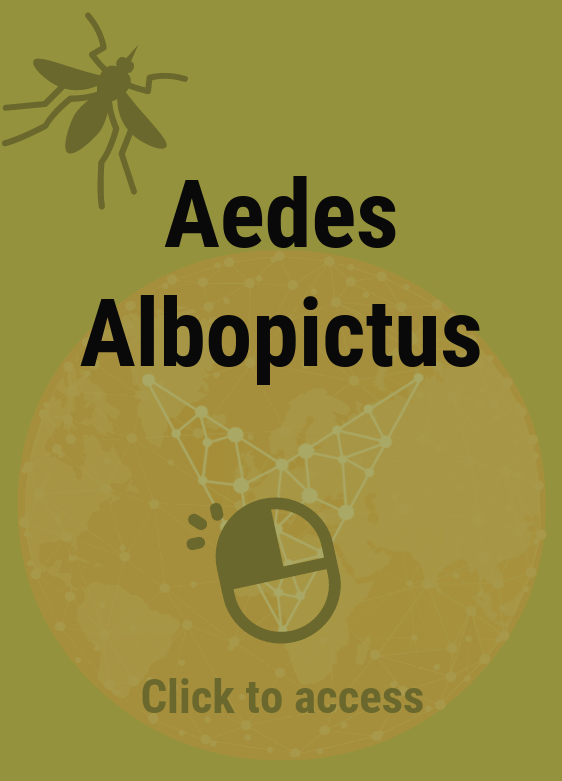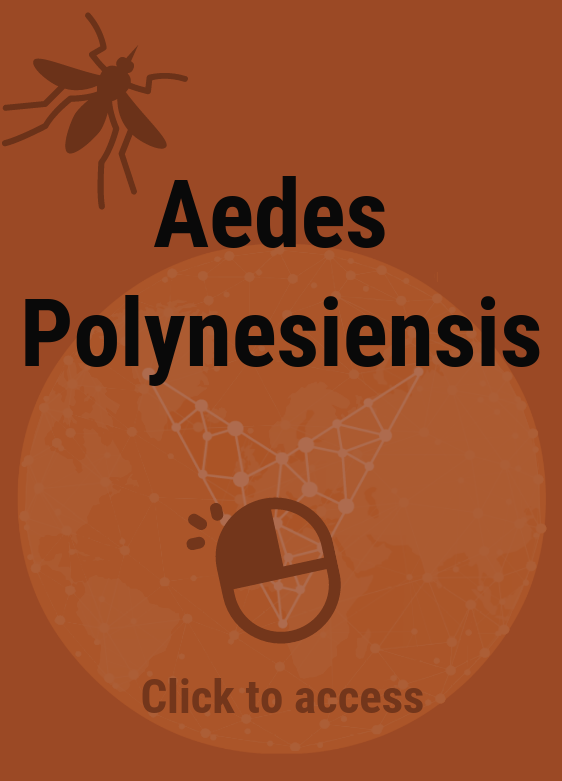
There are over one hundred species of Aedes mosquito, of which two are the main vector of disease. Aedes aegypti and Aedes albopictus both species have a deserved reputation for transmitting viruses of medical importance to humans, including West Nile virus, yellow fever virus, and dengue virus, therefore understanding their life stages can help to target effective control interventions for disease prevention. In addition to being efficient vector, these are two of the most prevalent mosquito species across the world, primarily due to their ability to adapt to new environments. The eggs of both species can survive drying out for long periods of time, thus allowing eggs to be transported and colonize non-native areas [1].
Biology
The Aedes life cycle starts with the female taking a blood meal to provide nutrients for the production of eggs. Each female produces 100-200 eggs per batch depending on the size of the blood meal taken. Each female can lay eggs five times during their lifetime, with eggs being laid every 4-5 days. Eggs are smooth, oval shaped and about a millimetre long. These eggs are not laid directly on water, but on damp surfaces that are likely to flood. Egg development depends on temperature: in warmer climates, eggs may develop in two days, but in colder climates development can take a week.
Aedes eggs can survive in the dry state for more than a year and will hatch when submerged in water. Upon hatching, larvae will begin to feed on algae and other small organisms. Larvae will spend most of their time at the water’s surface, but will also swim to the bottom when feeding and when disturbed.
The larvae pass through four stages of development, called instars, at the end of which the larvae moult and grow in size. After the fourth instar, the larvae develop into pupae, which are mobile and respond to stimuli in the water. They do not feed at this stage and need two days to develop into adults. In total, egg to adulthood takes approximately two weeks, but the length of time they spend at each stage is temperature dependent: in colder climates Aedes aegypti may stay in the larval state for months.
Habitat
Aedes aegypti adults normally occupy urban areas with or without vegetation. Aedes albopictus adults normally occupy areas with thickets and arboreal vegetation, but will also make use of man-made containers for laying eggs.
Distribution
Aedes aegypti and Aedes albopictus are primarily mosquitoes of the tropical and sub-tropical parts of the world. However, both species have taken advantage of human trade and travel to expand their distribution ranges considerably [2]. Aedes aegypti is concentrated in South America, sub-Saharan Africa, Southern Asia and Australia [3].
Biting Behaviours
Aedes mosquitos are aggressive biters, which often results in a high biting rate. They will feed multiple times from different individuals. Aedes are mostly active during the day, so traditional control methods such as sleeping under a bed net, are not normally recommended [4].
Aedes aegypti have strong preference for taking blood meals from humans and will often take more than one blood meal for each batch of eggs. Aedes albopictus are mostly found outdoors where they feed on animals, they will also feed on humans.
References
- Carvalho FD, Moreira LA. Why is Aedes aegypti Linnaeus so Successful as a Species?. Neotropical entomology. 2017 Jun 1;46(3):243-55.
https://www.ncbi.nlm.nih.gov/pubmed/28401481 - Knudsen AB. Global distribution and continuing spread of Aedes albopictus. Parassitologia. 1995 Dec;37(2-3):91-7.
https://www.ncbi.nlm.nih.gov/pubmed/8778670 - Kraemer MU, Sinka ME, Duda KA, Mylne AQ, Shearer FM, Barker CM, Moore CG, Carvalho RG, Coelho GE, Van Bortel W, Hendrickx G. The global distribution of the arbovirus vectors Aedes aegypti and Ae. albopictus. elife. 2015 Jun 30;4:e08347.
https://www.ncbi.nlm.nih.gov/pubmed/26126267 - Farjana T, Tuno N. Multiple blood feeding and host-seeking behavior in Aedes aegypti and Aedes albopictus (Diptera: Culicidae). Journal of medical entomology. 2013 Jul 1;50(4):838-46.
https://academic.oup.com/jme/article/50/4/838/890791




